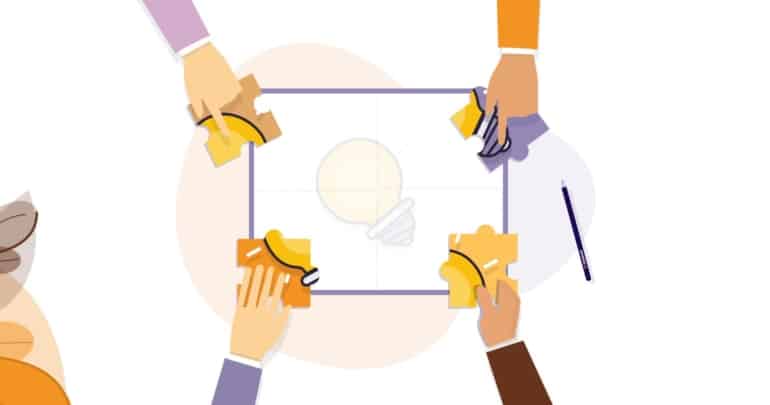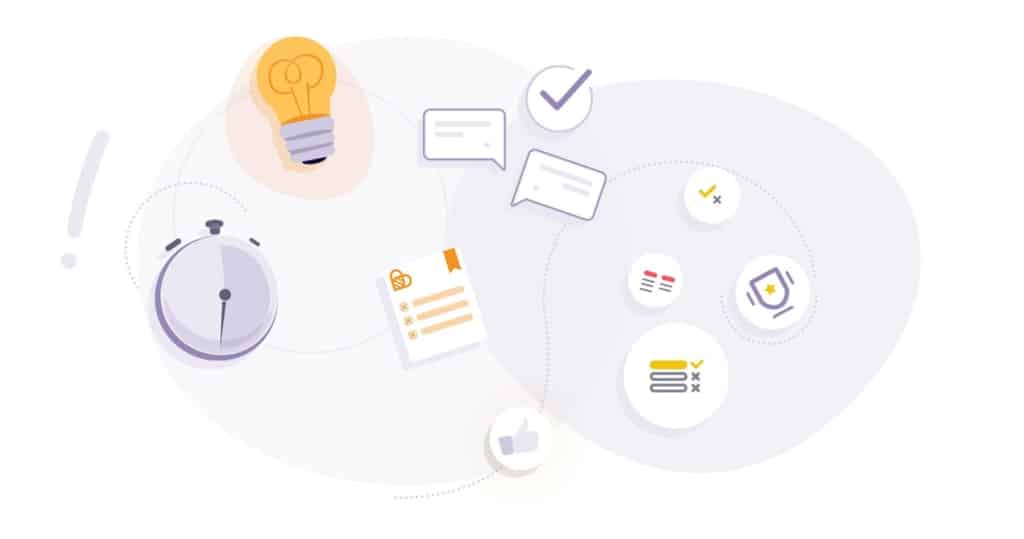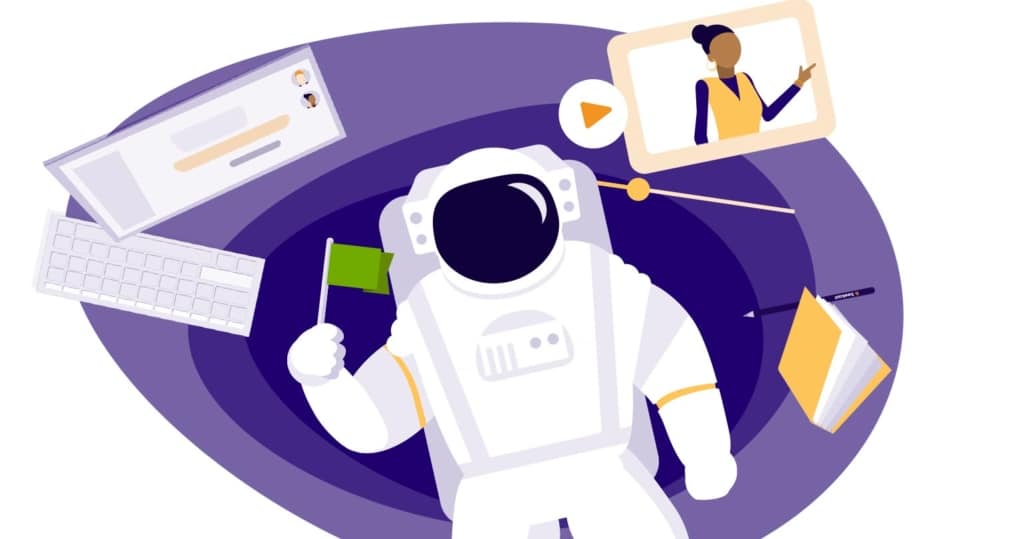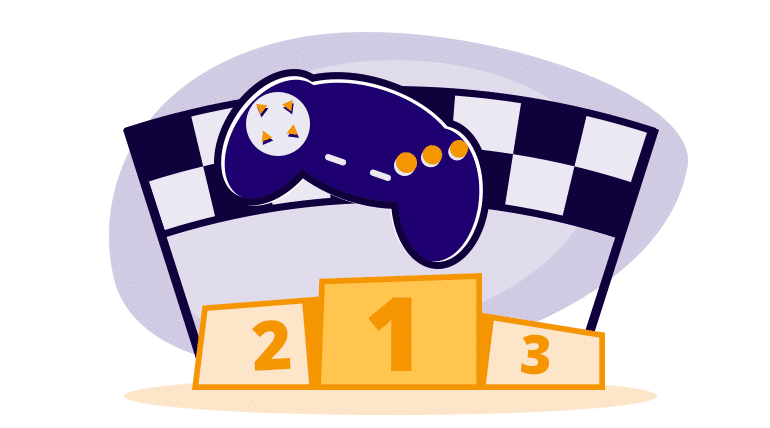From schools to companies, experiential learning was developed to make learning more effective. Using different methods and educational tools, based on experience and an active search for solutions, it puts learners at the centre of education. We take a look at the concept and how it can be used in the world of work.
What is experiential learning?
The origins of experiential learning
This method was first used in child education and is contrary to the traditional teaching methods seen in schools, where teachers pass on information and expertise in a top-down approach. In contrast, experiential learning makes learners actively search for solutions.
A number of methods can be used, including:
- Project-based learning, with a series of activities leading to a concrete achievement to respond to a problem,
- Problem-based learning, making students look for solutions to a specific problem,
- Learning by design, or learning by creating an object,
- Learning by investigating, through experimentation and researching a subject.
All these different experiential learning methods generally involve significant groupwork. Students or leaners compare their ideas and must work together to find the best solution. As well as being more effective, this method often appeals to participants since it makes the work more fun!
The search for the best learning method
Like all teaching methods, experiential learning aims to find the best way to learn. But what makes for “perfect” learning? Stanislas Dehaene, cognitive psychologist, neuroscientist and professor at the Collège de France, sums it up in 4 factors identified by cognitive science:
- Attention, which acts like a filter, helping to select information and which the teacher or trainer must be able to capture,
- Active engagement, which is based on the principle that we retain information better by trying things out and by working with an idea rather than by acquiring passive information,
- Feedback, which means that mistakes seen during previous experiences allow us to avoid repeating them and therefore to progress,
- Consolidation, where information is retained after the effort required for learning. Think of driving a car, for example, which requires effort at first but then becomes almost automatic once acquired.
Education specialists Célestin and Elise Freinet, founders of the Freinet teaching method, also expressed these principles in what they called “experimental trial and error”:
“It is a matter of letting children make their own hypotheses, make their own discoveries, potentially notice and admit their failures but also achieve great successes of which they can feel they are the true authors. (…) Its interest also lies in the fact that there is no need to learn by heart something that one has discovered through experimental trial and error; one remembers it without effort”.
By placing the learner at the centre of the process, experiential learning aims to ensure a more effective learning method that is better adapted to the way our brains function. Moreover, knowledge is not only stored in short-term memory, but is retained over time.
What’s the point of experiential learning at work?
Benefits for all learners
Whilst experiential learning was initially invented for children, adult learning follows more or less the same process. It would therefore seem just as relevant to the world of work as it is at school!
Experiential methods can certainly be used to implement more effective training. These training sessions will obviously be useful for business upskilling, or improving employees’ hard skills.
Experiential learning also helps to develop valuable cross-functional skills, or soft skills: the ability to cooperate, to listen, or to take the initiative. By promoting learning in general, it can even be seen as personal development and make your employees happier.
Finally, the interaction involved in this learning method can act as a form of team building, enabling your employees get to know each other better and work together better.
Universal teaching techniques
The ingredients of experiential learning are not specific to training. They can be used to hold other types of meetings, such as brainstorming. In this case, the construction process is the same, but the objective differs. It is no longer about learning, but rather solving problems or finding innovative ideas by actively involving everyone.
As a trainer or if you run workshops, you may be interested in these alternative teaching methods. You will find inspiration to revamp the efficiency and productivity of your meetings!
How can Beekast help you set up experiential learning?
The trainer’s role is key in implementing experiential learning. It is therefore important that the trainer can lay the necessary foundations and provide relevant resources for learners to express themselves. And that’s where Beekast comes in.
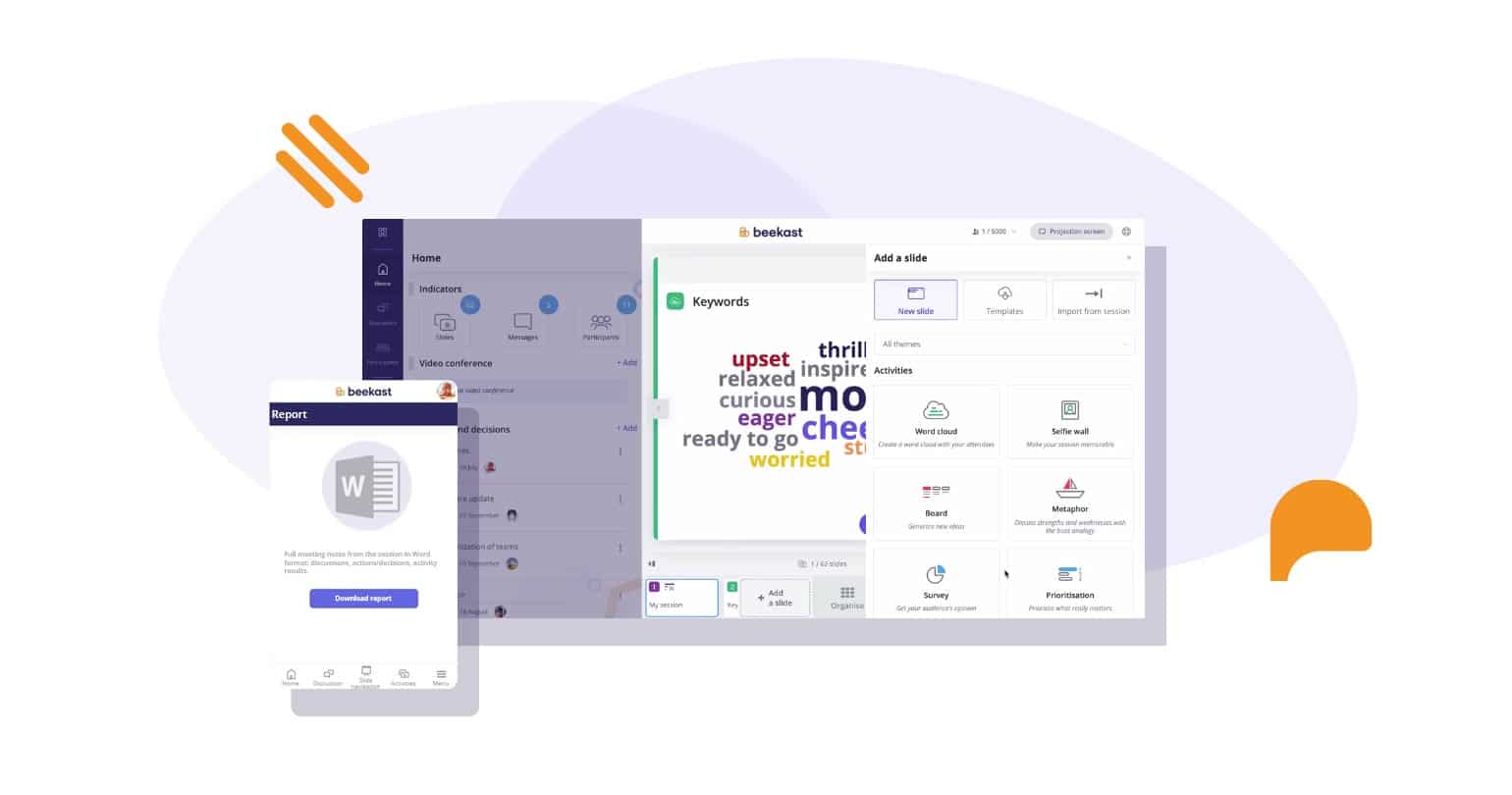
Beekast is therefore the best way to save time, improve participant engagement, capture their attention and evaluate the effectiveness of your training. It’s a great ally if you want to make the most of experiential learning.
So, ready to take the plunge? Create a free account today!
